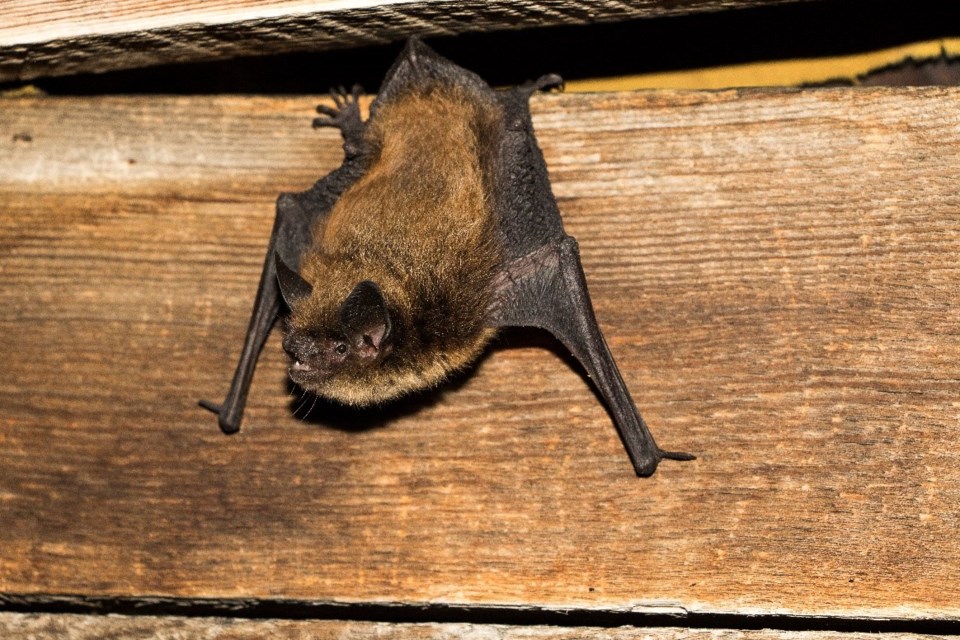You might want to keep an eye on the sky during your next sunset stroll.
B.C.'s Annual Bat Count is back for another year, and it's relying on the public to help find roosts and contribute to the overall count. These sightings will then support the BC Community Bat Program as it works to monitor bat populations across the province.
Bats are important members of the overall ecosystem, helping to reduce the number of pest insects that attack crops and forests, and helping keep those pesky mosquitoes in check. British Columbians are likely to notice more bats and bat roosts throughout July and August as more of these animals join the summer feeding frenzy.
"Female bats are out night after night consuming their own body weight in insects, which equates to more than 1,000 insects per bat [each] night," reads a BC Community Bat Program release. "Female bats require extra energy as they raise their pups on breast milk until the young can fly on their own."
Pups typically gain their independence in July, it added.
Roosts can often be found in buildings, where bats can safely raise their young. Bats are protected by the Wildlife Act and are not to be disturbed until September. So far, there have been 10 roosts spotted in the Pemberton area, explained Danielle Dagenais, regional coordinator of the BC Community Bat Program. No known roosts were reported in Whistler prior to the count's start date, despite plenty of bat activity, Dagenais added.
Most bat encounters can be easily prevented by keeping doors and windows closed between sunset and sunrise and checking screens for holes, keep cats indoors, especially around sunset and sunrise, and look for droppings below awnings or patio umbrellas.
"Open [awnings and umbrellas] slowly to avoid scaring a bat and yourself," the release cautioned. "Once open the bat will leave on its own."
The annual bat count kicked off on Sunday, July 11 and runs until August 5. During this time, community bat counts take place for one hour at sunset.
The counts are a wonderful way for people to get outside, respect social distancing guidelines, and be involved in collecting important scientific information” said in the release.
Not only does the data from these counts help biologists better understand our regional bat populations, but it also collects important information about distribution and variation in colony sizes as they remain at risk of a devastating disease called White-nose Syndrome.
The fungal disease is fatal for bats, but is not harmful to humans or other animals. It has not yet been identified in B.C., but instances of its spread has been documented in nearby Washington State. In the event this disease does find its wau across the border, findings from the Bat Count could help impact treatment options and recovery actions, Dagenais added.
To learn more about bat counts or white-nose syndrome, to report a dead bat, or for assistance with bat issues, visit the or call 1-855-9BC-BATS ext. 11. To sign up to participate in the bat count, email Dagenais at [email protected].


